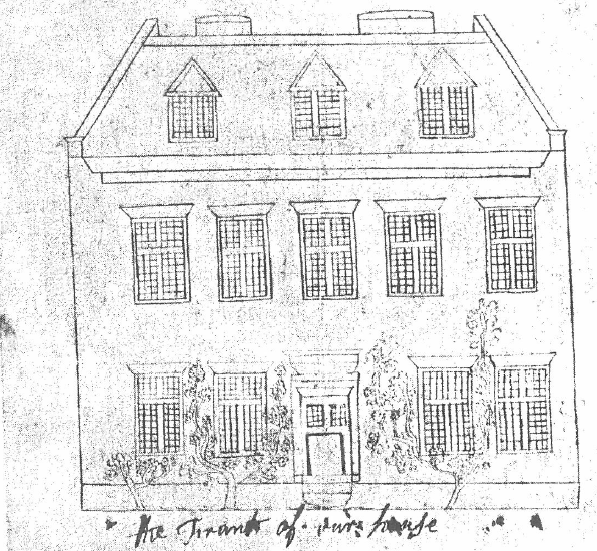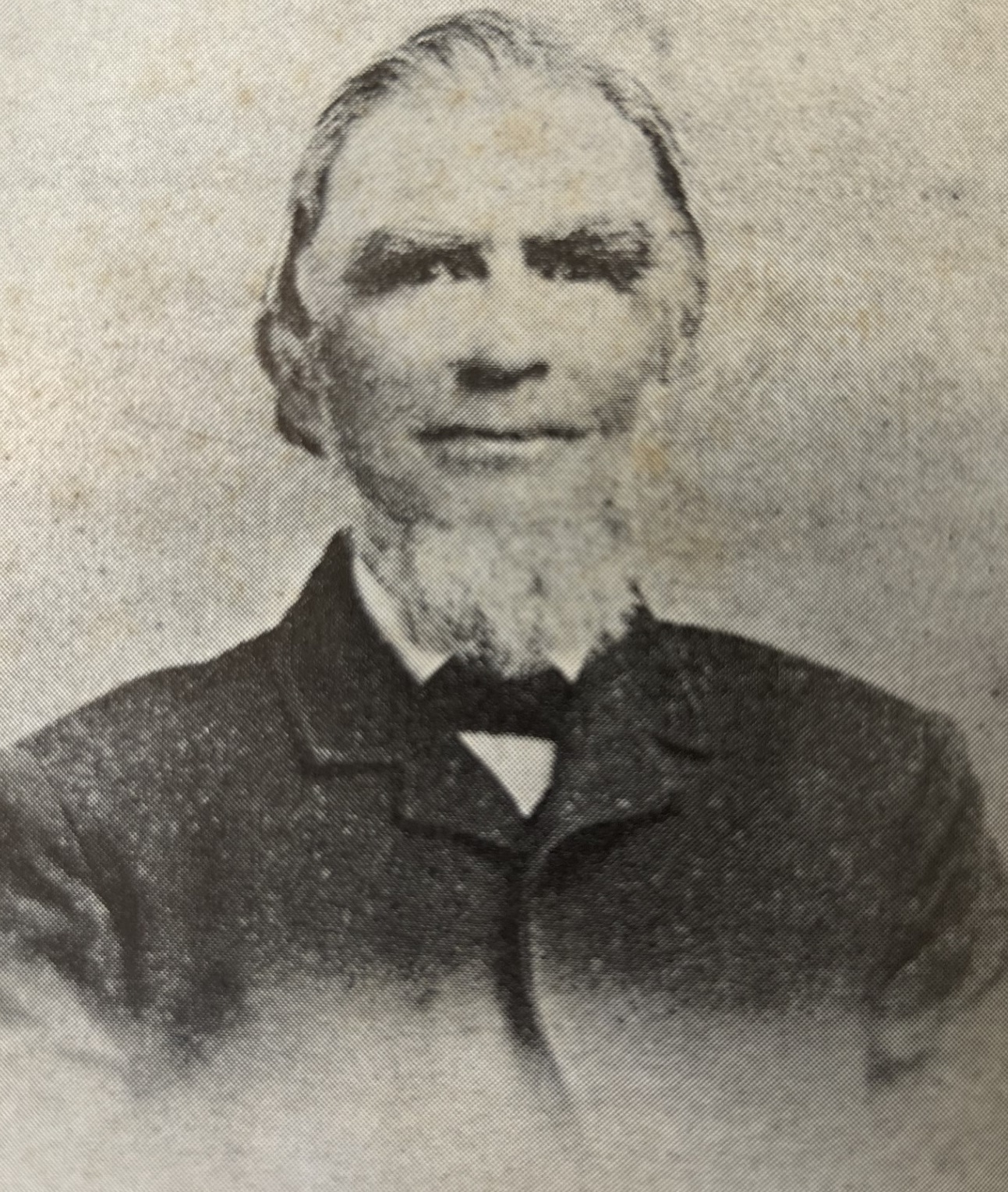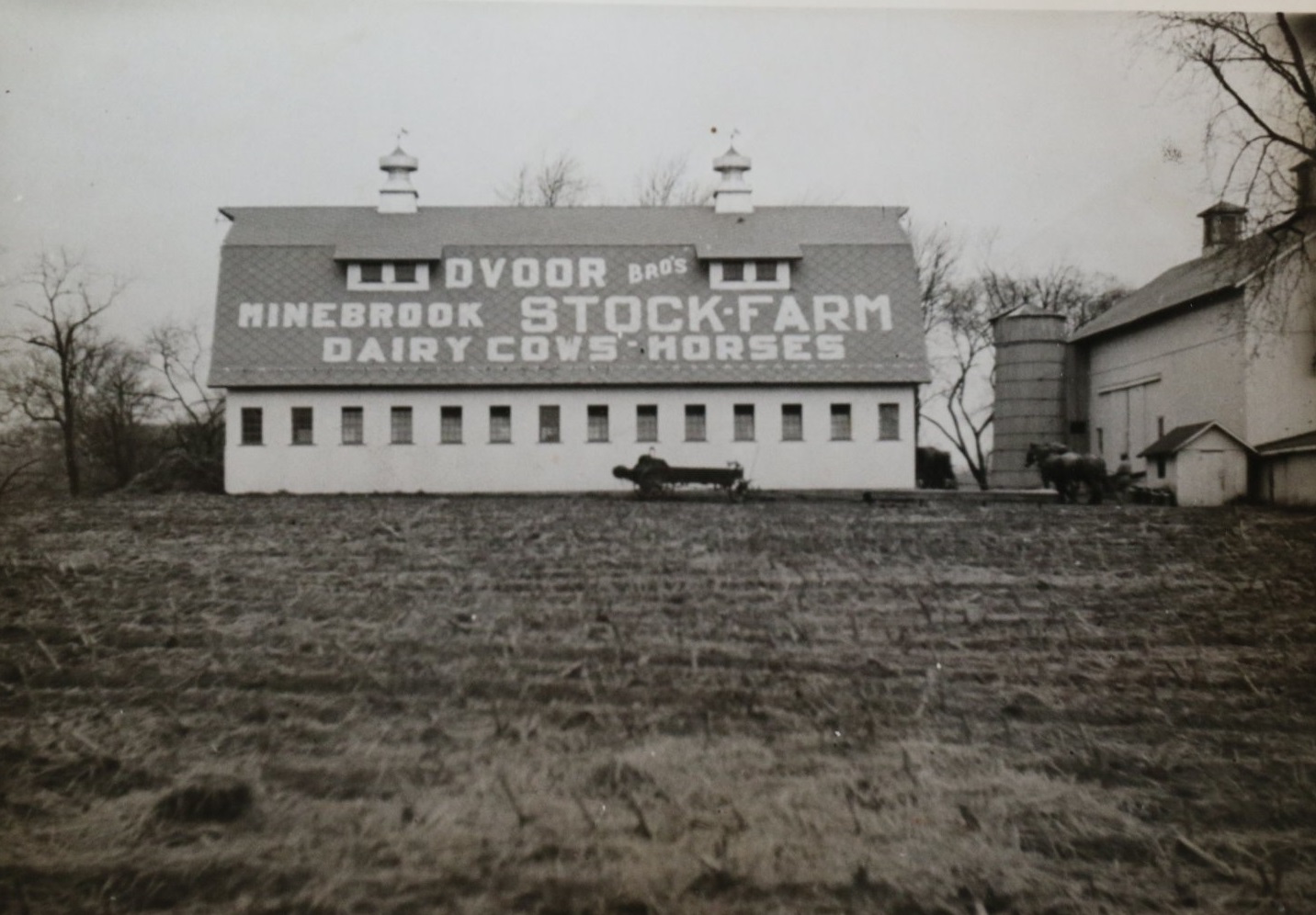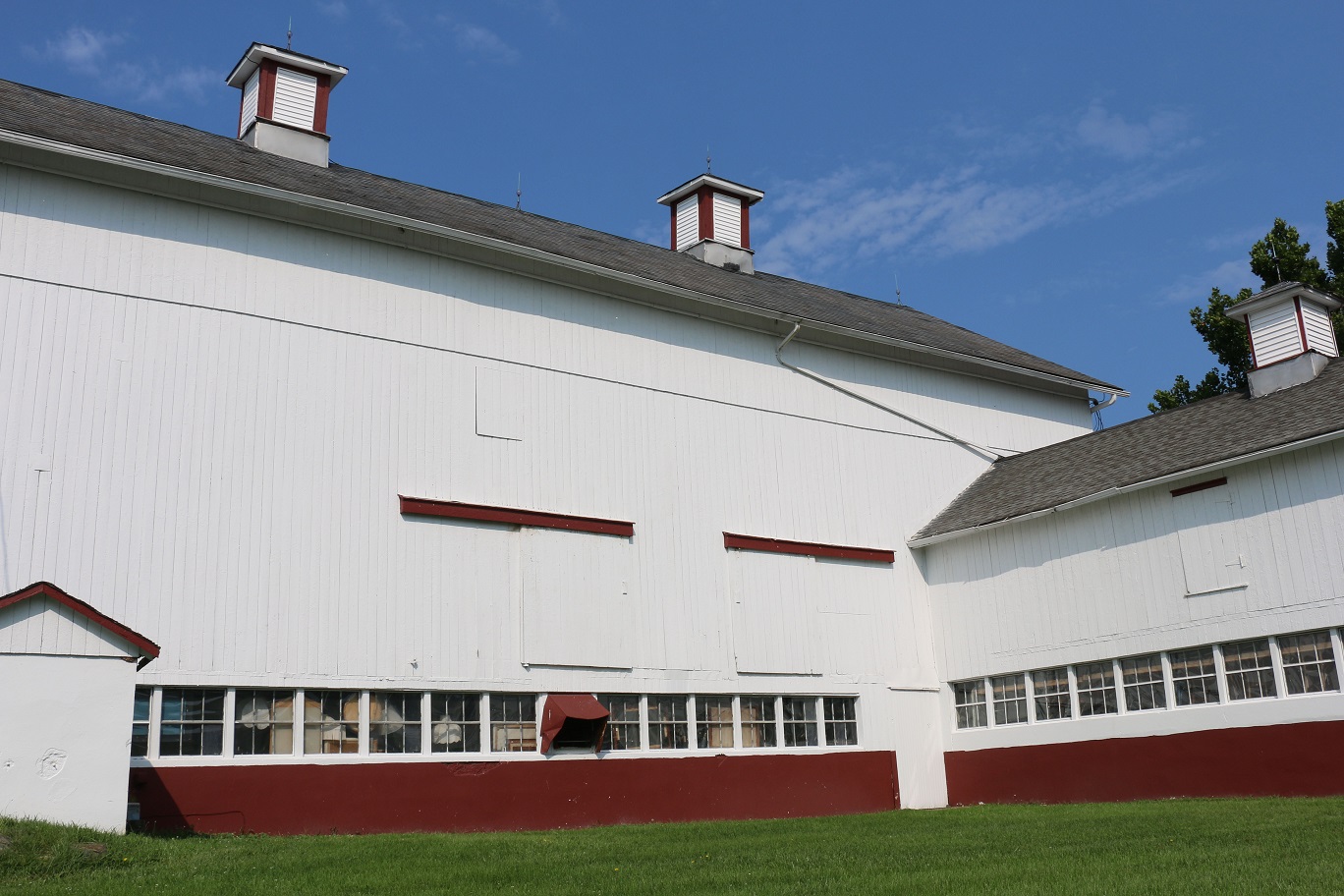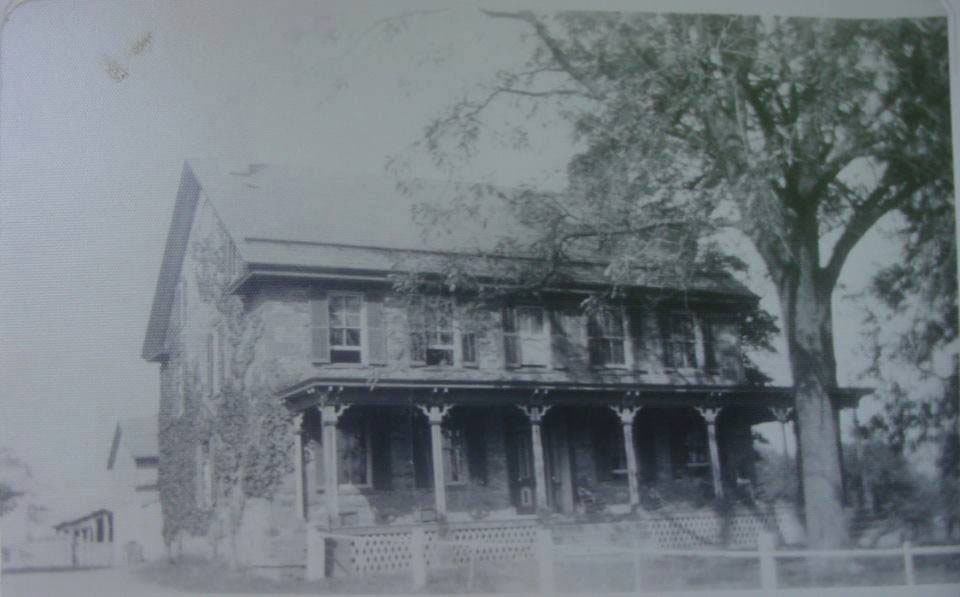If you lived in Hunterdon County in the late 1700s, you likely would have attended several “frolics” a year. Frolics were a social custom at that time. The basic premise was if your neighbor helped you with a project on your farm, you fed him a good meal and at a later date returned the favor.
Thanks to letters written by the Capner family — who lived just east of Mine Brook next to the Cases — and preserved in the Hunterdon County Historical Society archives, we know something about the frolics held on the Case-Dvoor Farm in the 1780s.
For instance, in August of 1787, the Cases hosted a plowing frolic attended by the Capners and other neighbors, perhaps in preparation for sowing winter wheat. Ann recounted the day [spelling below is sic]:
—–
In 1788, the Case family held at least three frolics, beginning in January with a dancing frolic held by Philip Cases’s mother, Rachel White. She evidently lived in a house adjoining her son Philip. (This would have been the first stone house, built on the east side of the Mine Brook that was demolished in the mid-1800s.) The dancing frolic was held to “smooth” Rachel’s new wooden floors. When the Capners arrived at the evening party, Mary Capner wrote, “there was two fiddlers [sic] one played while the other mended his fiddle.”
In May, the Cases held a “raising frolic,” presumably to construct a building on the farm, and again served supper to the workers. A few months later, a quilting frolic was held, which proved so popular that most of the activity took place outside.
Ann Capner relates:
Three weeks since Mrs. Case had a quilting frolick [sic.]. I and a few others whent [sic] in the morning to fix the quilt in the frame and card the tow which was bleached for that purpose. The rest was invited for the afternoon, when the quilt was in the frame at Mrs. Wight’s [Rachel White]. We went down to Mrs. Case’s for dinner. Before we had done the people came flocking over the fields and along the road from all quarters. Mrs. Wight’s room was soon full and I suppose a dozen sat with sewing under two large walnut trees by the house door. Mrs. Case had her rooms soon crowded. Mrs. Case says she had a great deal of sewing done besides the quilt . . . The table was set opposite Mrs. Case’s door, which stands open to the public road. There were pies, puddings, custards, cheese and I don’t know what besides. The Flemington ladies were there. Mrs. Adkinson came in a chair [a one-horse carriage]. The rest all walked.
We’re very fortunate the Capner family preserved these letters, and they wound up in the county archives. It offers a charming and intriguing picture of life on the Case Farm just a few years after the end of the American Revolution.

